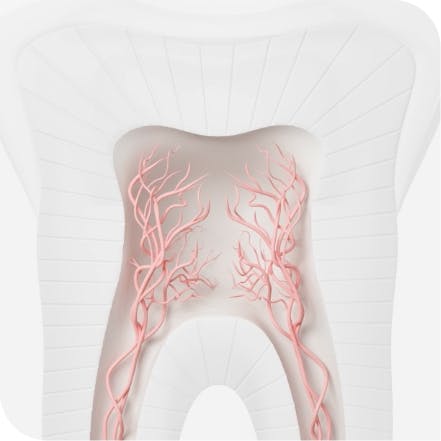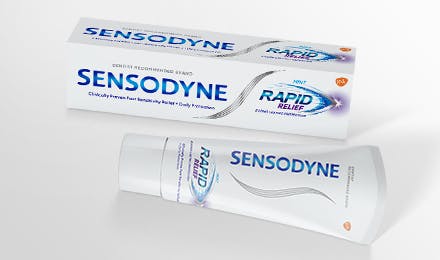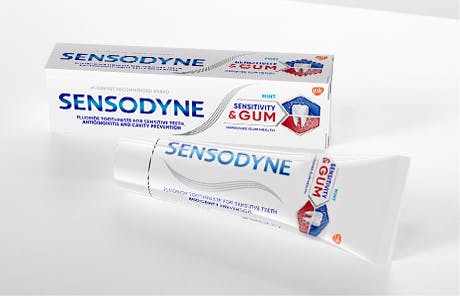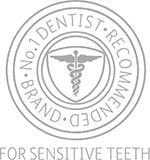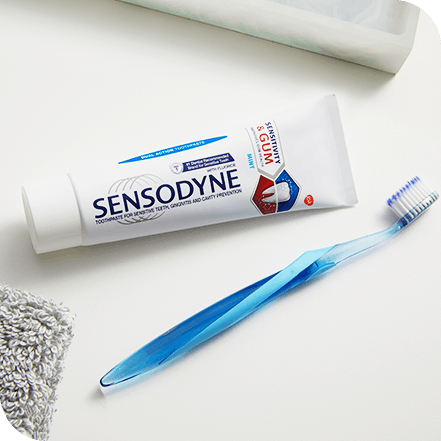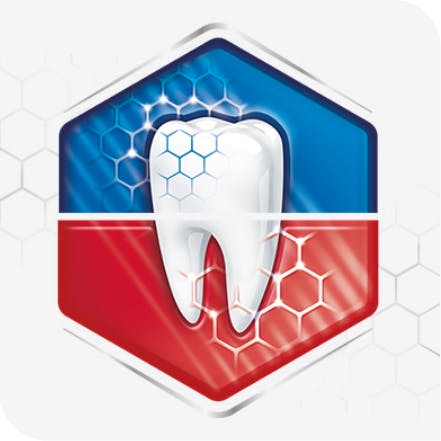Tooth Pain After a Crown

If you have a crown, you might have dusted off your hands and thought, "That one's good to go for a while!" Unfortunately, crowned teeth may still experience pain. Pain in a crowned tooth could be caused by a few different things, which we'll discuss below.
The important thing to remember is not to panic. Once you've ruled out some simple causes of crown tooth pain your dentist will be able to help you find relief.
Crowned Tooth Pain Causes
First, rule out a common cause of crown tooth pain: teeth grinding. Teeth grinding, or bruxism, is when you grind, gnash or clench your jaw and put undue stress on your teeth.1 For some people teeth grinding happens unconsciously while they're awake, but for others this issue occurs while they're asleep.1 If you're waking up with tooth pain alongside head, neck or jaw aches, you should investigate further. Talk to your dentist about getting fitted for a mouth guard, which can help protect your teeth.1
One common reason to place a crown is to protect a tooth that has been broken or become too damaged to be fixed with a filling alone. The dentist will reshape the damaged tooth in order to snugly fit the crown on top of it.4 The crown is engineered to fit precisely. Some sensitivity is normal after this procedure, but you should visit a dentist for a check up after the procedure to ensure your crown fits perfectly, especially if persistent pain or sensitivity occurs.4
It's also possible that your crown, particularly if you've had it a while, is damaged or coming loose. If you feel chips on your crown, or that it is loose, make an appointment with your dentist. It may need to be replaced in order to prevent bacteria getting under it and causing an infection.2
Tooth Pain After a Temporary Crown
Unless it’s a same-day crown, permanent crowns can take some time to make, since they are sent to a dental lab for fabrication. This is why after removing part of your tooth and taking molds of it and your bite, your dentist will probably fit you with a temporary crown to keep things covered and protected from infection while they wait for the permanent crown to be crafted. This process takes about two weeks. In the meantime, avoid sticky foods like gum or hard foods like crusty bread while you have the temporary crown. Some sensitivity, especially to hot or cold is normal during this time.3 If you're experiencing persistent pain after your temporary crown, and it isn't relieved with over-the-counter pain relievers, you should call your dentist—there's no reason to wait two excruciating weeks for relief.4
Solving Crown Tooth Pain
You will likely need a dentist's help in resolving and investigating the pain associated with permanent and temporary crowns. Don't be nervous: this is the fastest way to get lasting relief, and to prevent dangerous infections. Taking care of your teeth with regular dentist visits is just as important as brushing twice daily and flossing once per day.
Sources:
